|
BIOGRAPHY | |
|
Marco Beltrami has brought new dimensionality to the scoring of suspense and horror in the cinema, yet his quixotic progress through many genres of film music reflects more than mere creative restlessness.In coming to film music, Beltrami sought to escape from the late 19th century harmonies and melodies that the immigrant Hollywood composers of the early 20th Century brought with them from Europe, their legacy having endured as a dominant paradigm for score writing."Though there will always be new statements made utilizing that vocabulary, I’d rather speak my own musical language. Film has the potential of allowing me to explore my own ideas, which I find very attractive." Those ideas have found an ever-widening audience via numerous recent opportunities for this in-demand composer. Beltrami has scored the hit TV drama series The Practice and his recent film credits include Angel Eyes and Blade 2. Other Beltrami scores have been heard on the soundtracks to Scary Movie 2, Mimic, Joy Ride and the 2002 Sundance festival favorite The Dangerous Lives of Altar Boys. In addition to the recognition afforded by his cinematic efforts, Beltrami has received awards from the American Acade my of Arts and Letters, the New York Foundation for the Arts, the ASCAP Foundation, the Harry Warren Fellowship Committee and Meet the Composer. Beltrami’s family emigrated from Italy, and Marco grew up on Long Island, New York, where his predilection to create music surfaced early on. Beginning piano lessons at age 6, the future film composer was often more interested in re-writing, rather than practicing, his assigned pieces. As a teenager, he played keyboards in rock bands, but when the future film composer enrolled at Brown University, music was not initially his focus; a career in urban planning beckoned at the time. Beltrami gravitated to Brown’s electronic music studio, where he quickly realized the innate compatibility of synthetic sounds with the European tonal palette. Working there in the mid-‘80’s, using both older analog synthesizers and then-recent innovations such as the Synclavier, Beltrami nurtured a passion for electronic sound and an aptitude for bold, assured and arrestingly physical musical gestures.He strove to incorporate synthesis alongside his orchestral, chamber and vocal works, fostering a predilection for carefully structured music built with meticulous attention to detail that has served him well in his cinematic endeavors. Graduating from Brown, he studied in Venice, Italy with firebrand avant-garde composer Luigi Nono, though recalling the period Beltrami admits that his lessons at the time had more to do with politics than music. Upon his return to the U.S., he entered the Yale School of Music on a scholarship. There he was mentored by one of the most prominent of contemporary American composers, Jacob Druckman, whose masterful expansions on principles of orchestration put forward by Stravinsky and Ravel led Beltrami to cite Druckman as "My biggest influence, the one who prompted me to look at music in a new way." The polyglot influences of the young composer’s student years left him convinced that there was room for new voices in American orchestral composition. His was not to be the pastoral vision of an Aaron Copeland, but rather one that reflected the founding notion of America as a cauldron of hybridized ideas and cultures. Beltrami relished the idea of a musical landscape where, in his words, "the music of a Jamaican bandleader was of equal importance with the work of a Germanic music scholar." The one-time urban planner, inspired by the energy of American cityscapes, resolved to incorporate comparable intensity into his music. Marco Beltrami’s transition to film work was abetted by a commission from the American Academy of Arts and Letters to write music after graduation. (Not wanting to teach, "the money held me over," he allows. Having applied to a program at USC in Los Angeles taught by the venerated film composer Jerry Goldsmith, Beltrami migrated westward in the early ‘90s, stopping along the way for performances of his work at a North Carolina dance festival, prior to landing in California in time for Goldsmith’s classes.While learning the technical aspects of film scoring, Beltrami completed orchestral commissions for the Chicago Civic Orchestra, the Sao Paulo State Orchestra and the Oakland East Bay Symphony. After pounding the pavement subsequent to his latest brush with academia, Beltrami earned initial notice with his 1994 soundtrack for a Sony-funded USC short, The Bicyclist. In the following year his theme for the television series Land's End enhanced his profile substantively, leading to an invitation from noted horror film director Wes Craven; the latter requested a thirteen-minute cue, which Beltrami wrote over a weekend. Craven’s subsequent offer to score Scream led to other Miramax projects, including the next two installments in the burgeoning Scream franchise, additional scoring for 1998’s Nightwatch as well as the music accompanying the killer insects of Guillermo del Toro's Mimic. Despite working on back-to-back projects during the past two years, Beltrami still has much interest in extra-cinematic applications of music, consistently writing for dance ensembles and orchestras. His music is regularly performed in concert venues; the Oakland Symphony premiered one of his pieces in January 2002 and Marco is currently preparing for the concert premiere of a work written for two pianos. Of his most recent writing, a recent Beltrami score for the Scandinavian film I Am Dina marks something of a departure for the composer. The film is a dark epic period piece concerning the life of a tempestuous Norwegian cellist. Beltrami studied the work of northern European composers such as Grieg and Sibelius, who added folk instruments such as the hardanger fiddle to their orchestral writing. Beltrami then added electronic manipulations of acoustic instruments, creating an unusual subtext to already exotic timbres steeped in historic significance. "More important to me was the challenge of bridging classical Norwegian musical ideas with 20th Century timbral style. The picture's thematic emphasis drew me in, with her melodic gifts emphasized in the story." In art, as in life, an iconoclast with melodic gifts alters the landscape around them. The titular subject of I Am Dina can’t help but bring to mind composers like Marco Beltrami, forward-thinking, willing to take creative risks in the name of capturing intensity with novel and enduring melodies. | |
|
| |
|
AWARDS & NOMINATIONS | |
|
2021: HOLLYWOOD MUSIC IN MEDIA AWARDS:
Best Original Score in Horror Film: A Quiet Place: Part
II (WINNER)
| |
|
| |
LATEST
PROJECTS
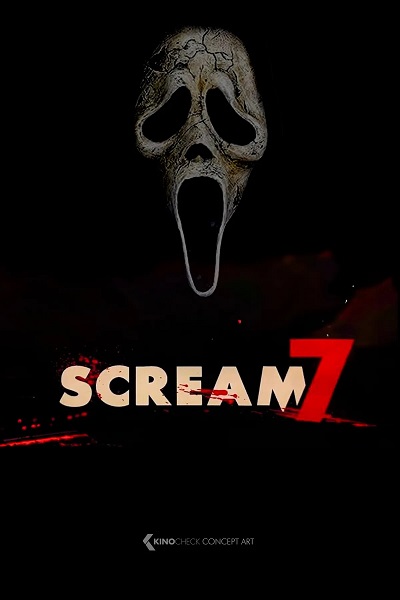
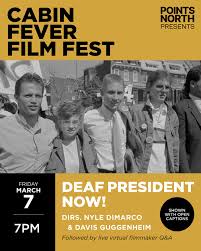
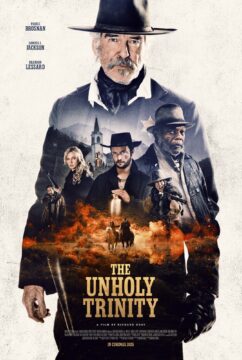

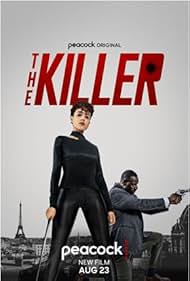
Cyrille Aufort | Patrick Doyle | Guy Farley | Dario Marianelli | John Morris | Daniel Pemberton | Martin Phipps | Theodore Shapiro | Edward Shearmur | Fernando Velázquez | Contact
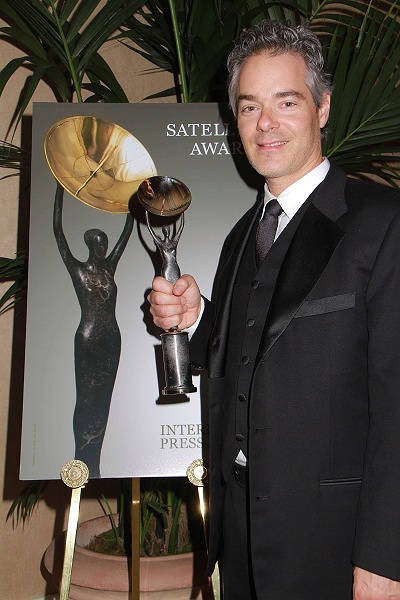 Who could have guessed that Marco Beltrami,
the film composer whose musical innovations have redefined the sound
of terror at the end of the 20th Century, had never watched a horror
film prior to writing one of his best known scores? "Scream was the
first one I’d seen in its entirety," he discloses, "Previous to that
I had little familiarity with the genre, probably because I'm a
cheap scare. Coming from a concert background, though, I realized
that horror lends itself well to compositional techniques associated
with 20th Century music, and so I was easily able to come up with a
unique voice for these films. Of course, the movies themselves are a
little bit over the top in their own right, so that affords me the
chance to have fun and shine musically."
Who could have guessed that Marco Beltrami,
the film composer whose musical innovations have redefined the sound
of terror at the end of the 20th Century, had never watched a horror
film prior to writing one of his best known scores? "Scream was the
first one I’d seen in its entirety," he discloses, "Previous to that
I had little familiarity with the genre, probably because I'm a
cheap scare. Coming from a concert background, though, I realized
that horror lends itself well to compositional techniques associated
with 20th Century music, and so I was easily able to come up with a
unique voice for these films. Of course, the movies themselves are a
little bit over the top in their own right, so that affords me the
chance to have fun and shine musically."